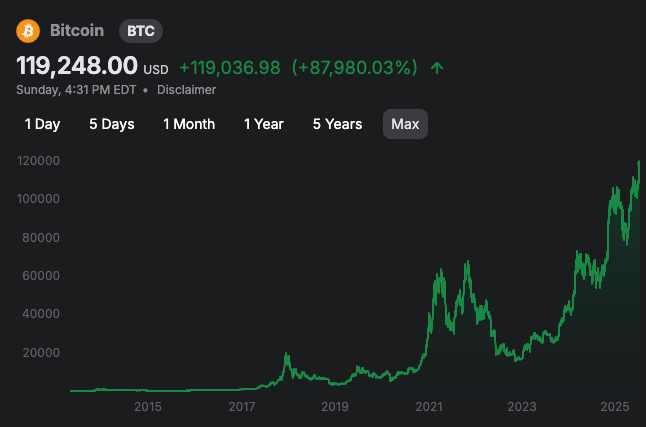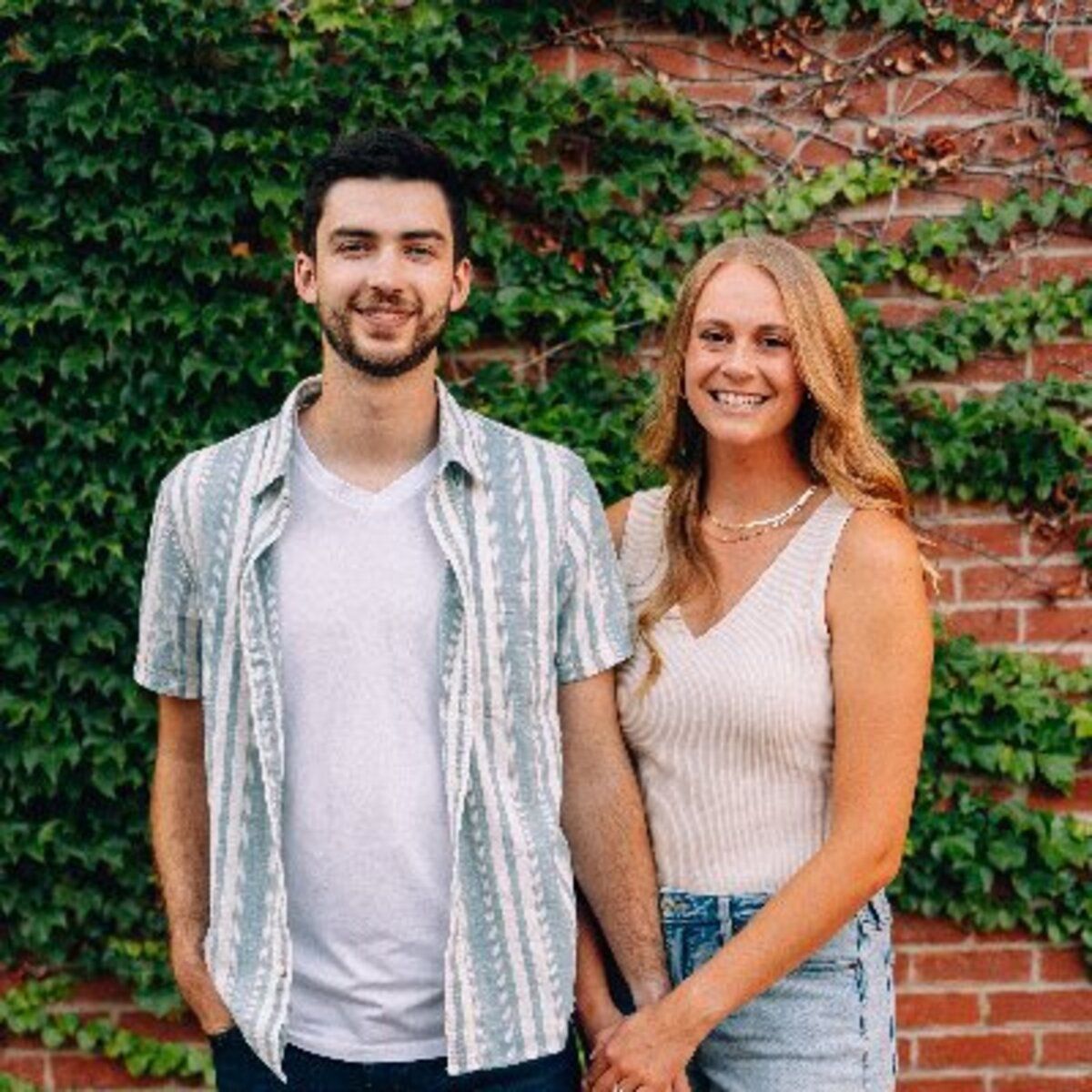Imagine texting your friend about Bitcoin when it was $3,000…
And then texting them again at $119,000+, still asking the same question:
“Is now a good time to buy?”
A friend of mine has been sending me that same text for about 9 years.

Bitcoin price graph
He wanted to put in $500 back then.
Today, that would be worth $19,874.
But he never bought.
And that’s the cost of waiting.
That brings us to one of the most important Life OS principles:
Minimize the time between awareness and action.
You won’t always make the right decision, but you need to make a decision.
Because the cost of inaction is usually invisible until years later when you realize how much you left on the table.
That doesn’t mean make impulsive decisions or rush in to things blindly. In little league, my dad always said, “be quick, but don’t rush.”
That advice applies just as much to life. It’s about moving decisively but with control.
In sports, the consequences of waiting too long are obvious.
Take Cole Hawker at the Olympics, chasing a gold medal as a huge underdog.
For a split second, a lane on the inside opened.
He saw it. He committed. And because of that, he won.
In life, the lane is open for years.
But if you don’t act, you don’t notice the opportunity closing.
You don’t invest.
You don’t build.
You don’t move forward.
And then 5 years go by, and you realize you’re still fighting the same demons and asking the same questions.
How can you close the gap?
One simple way to practice faster decision-making is something I learned from Brandon Turner (and use daily in his Intention Journal).
Every day, ask yourself:
What is the most important next step (MINS) I can take?
Not the perfect step.
Not the whole plan.
Just the next move.
If you’ve seen Moneyball, you know that getting on base wins games.
It’s the same in life.
Stack enough base hits and momentum builds.
What’s your MINS?
Hit reply and let me know.
— Jake
